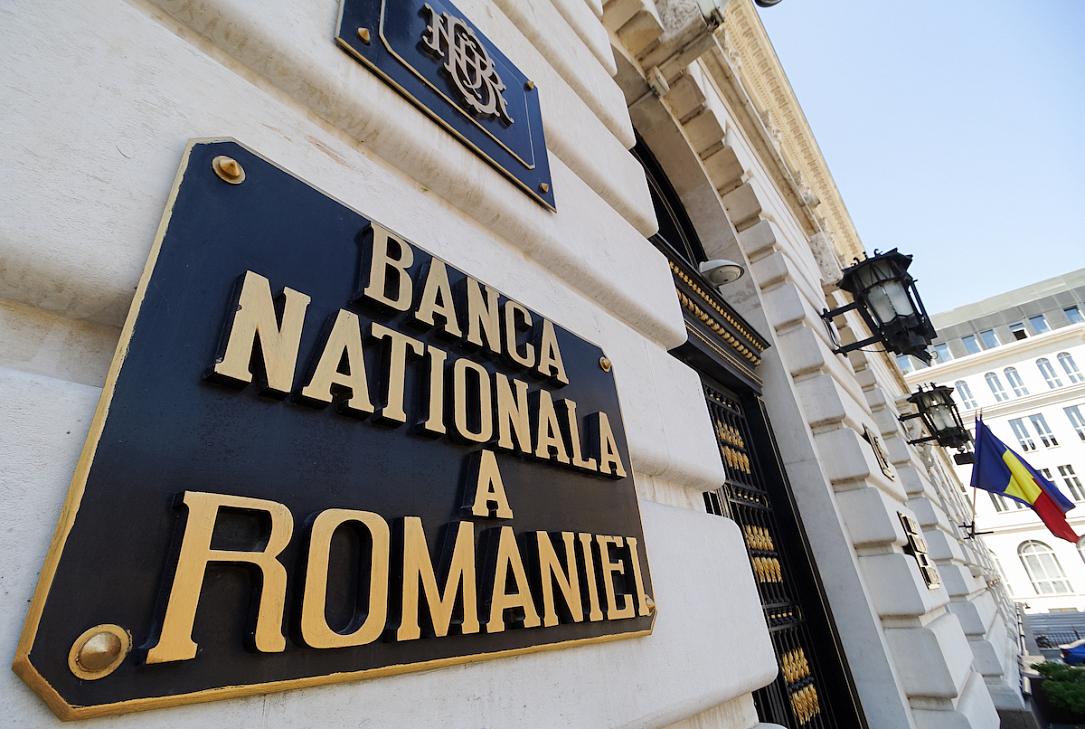Romania's central bank sees industrial prices and expectations pushing up inflation in Q2



The upward trend of the annual dynamics of industrial producer prices for consumer goods that had started in the autumn of last year and continued into January-February 2025, but especially the sharp increase in firms' and consumers' short-term inflation expectations for Q1 as a whole, were united by the experts of the National Bank of Romania (BNR) during the April 7 monetary board meeting.
Romania's industrial price inflation surged to 4.0% y/y in February, reversing from a decline of 0.3% in January. Final goods displayed varied trends, with prices for non-durable consumer goods maintaining a high annual growth rate of 5.4%, consistent with January's 5.3%. Durable consumer goods, however, continued their slower advance, recording a 2.7% y/y increase.
Noting other inflationary drivers (higher incomes, buoyant lending, production gap dynamics), BNR concluded inflation above the projected trajectory in Q2 but confirmed the targets for the end of 2025 and 2026.
According to the new data and assessments, the annual inflation rate would fluctuate further in 2025 H1, continuing to decline in March on a higher path than in the February 2025 medium-term forecast (March inflation was 4.9% y/y, 0.26pp above BNR's target), before rising moderately in Q2, relatively in line with previous projections (5.3% y/y as of June). The February projection had seen inflation re-embark in Q3 on a downward path, to 3.8% y/y in December 2025 and 3.1% y/y at the end of 2026.
BNR Board members also noted risks to the behavior of the local currency's exchange rate were on the rise. They repeatedly referred to the wide twin deficits and to the uncertainties surrounding the fiscal consolidation process, as well as to the trade policy measures of the US administration, conducive to heightened volatility in the international financial market and affecting investors' risk perception towards the region, but also influencing the major central banks' monetary policy stance.
iulian@romania-insider.com
(Photo source: Lcva/Dreamstime.com)